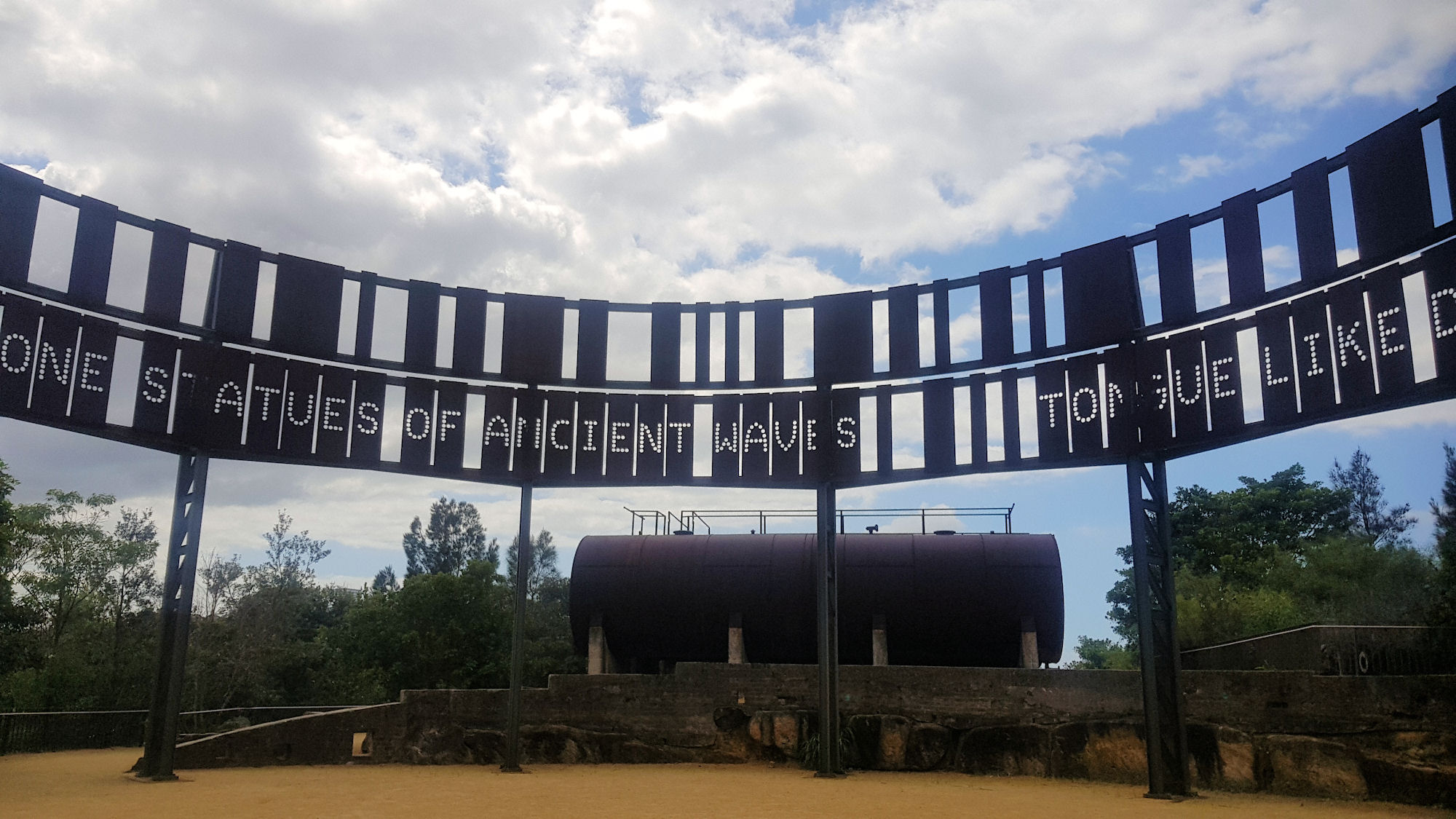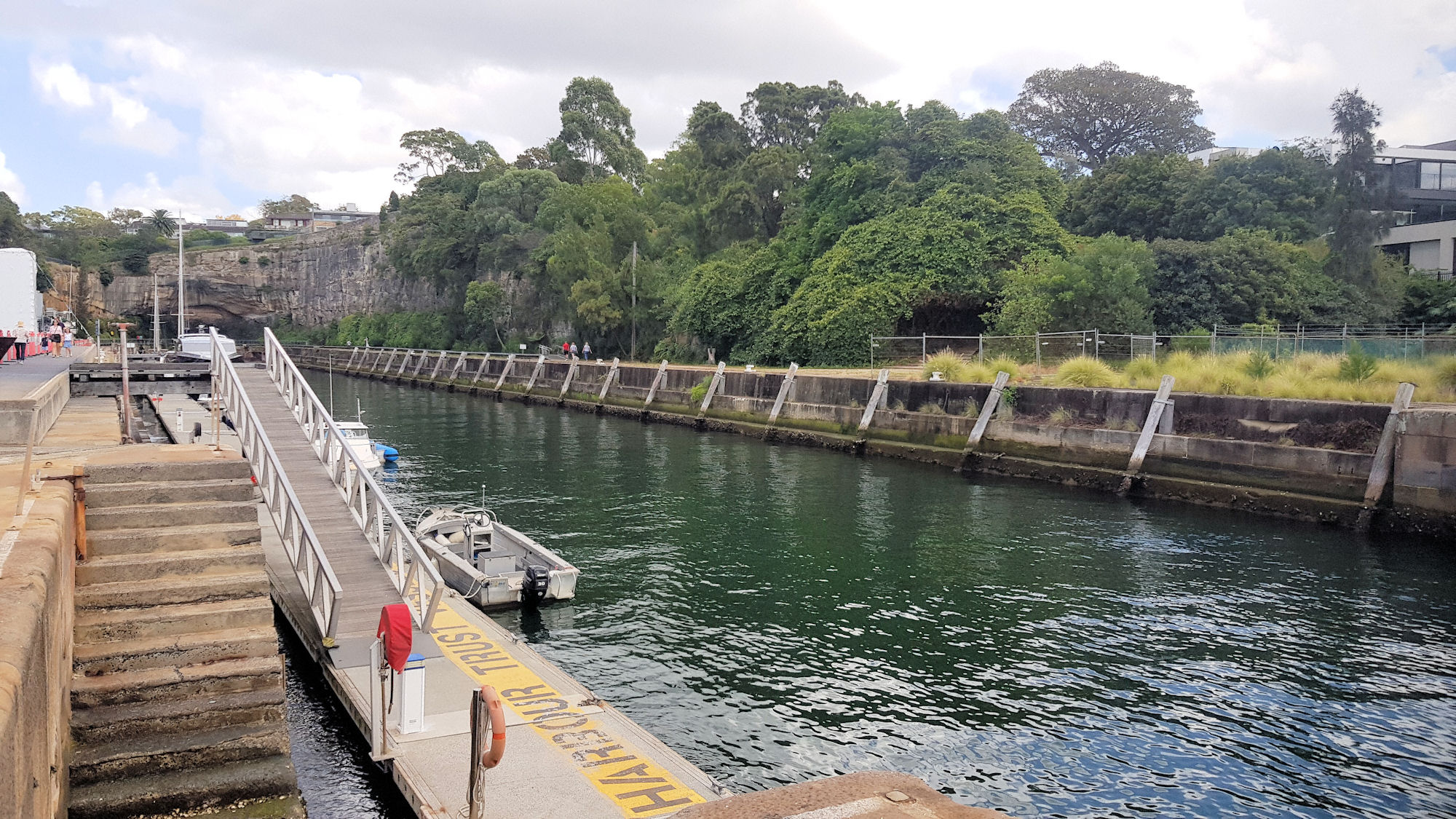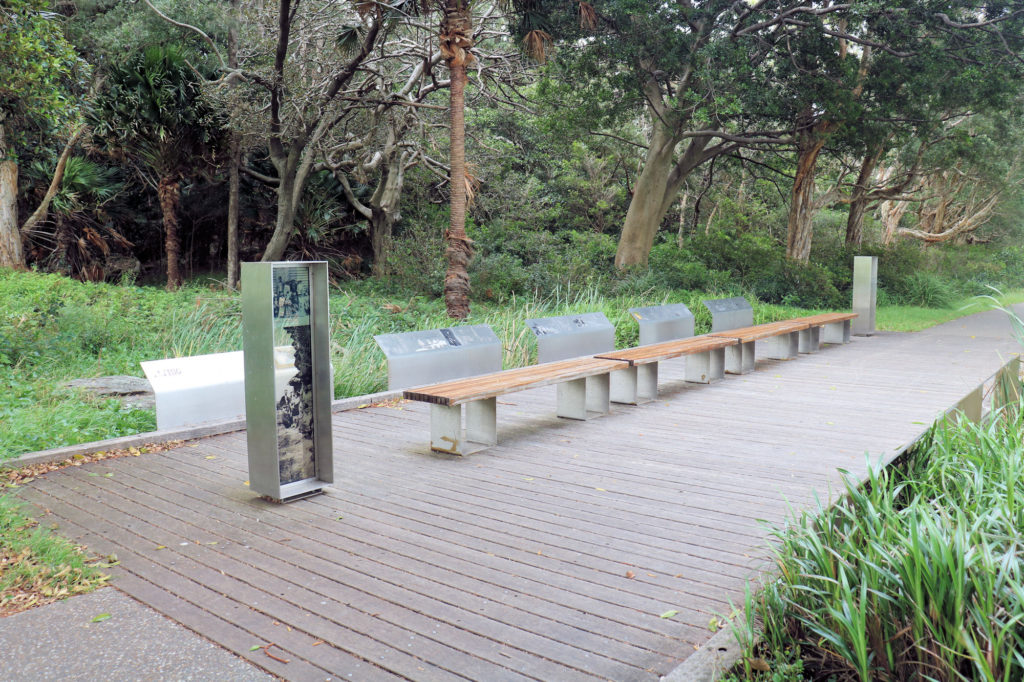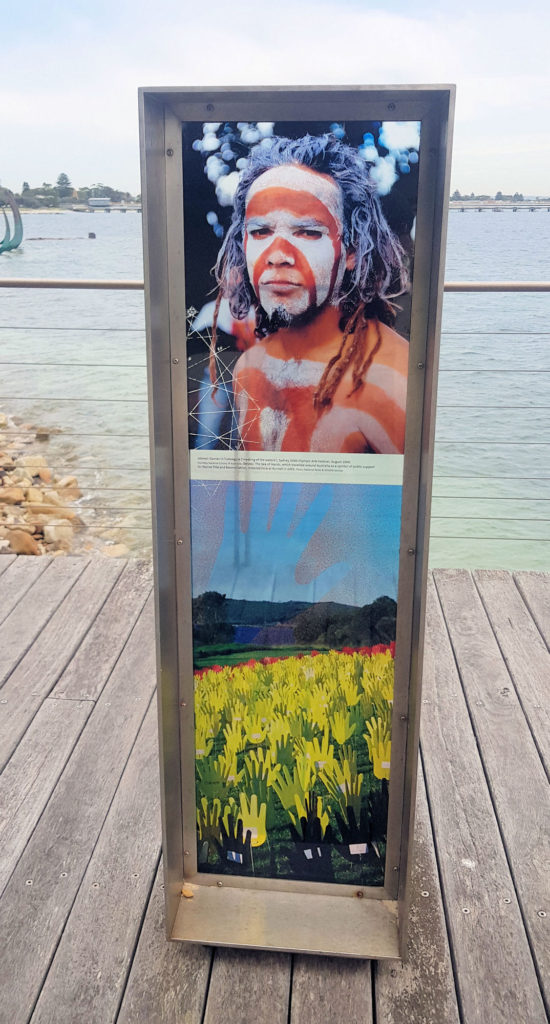Ballast Point Park
Getting There
Located near Balmain Ferry Wharf, the easiest way to get to Ballast Point Park, is ferry. When you arrive, check out the old ferry wharf building, which is now a community library. Originally a fuel storage area, Ballast Point is now a beautifully rehabilitated public space on Sydney Harbour. Intended for sale to developers but saved by a community action group, which resulted in its current use as a public park.
Mort’s Dock
Walking from the ferry to the park, we walked past a memorial to one of Sydney’s ship building docks. Now filled in, Mort’s Dock was the first dry dock in Australia, operating from 1855 until its closure in 1959. Between 1940 and 1945, Mort’s Dock constructed fourteen of the sixty Bathurst-class corvettes built in Australia during the war, as well as four of the twelve River-class frigates. The memorial commemorates their construction and service in the Royal Australian Navy.
Ballast Point Park
Deriving its name from colonial times, when ships returning to England empty would source ballast here, Ballast Point Park is now a beautiful park overlooking Sydney Harbour. Previous owned by Texaco, it was planned to develop the area for housing, but a local action group convinced the State Government to retain it for public use.
The site required decontamination because of its industrial past. Retaining walls in the park re-used rubble from the demolished buildings. Several old fuel tanks remain, as a reminder of the area’s past use, along with information boards describing the fuel depot. Scattered throughout the park, shade structures, provide great places to sit and relax, while admiring the views over the harbour.
We enjoyed walking around here, especially the old tanks and the conversion of tank 101 into a huge piece of artwork.



































